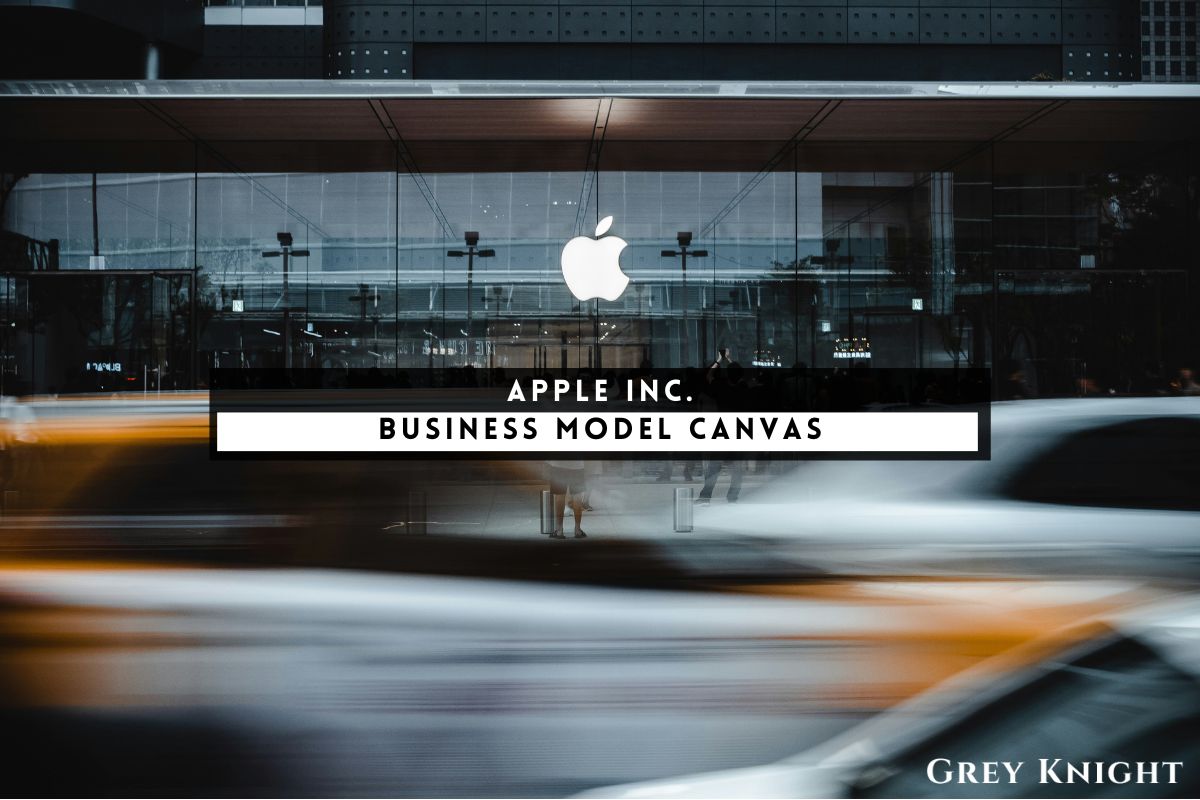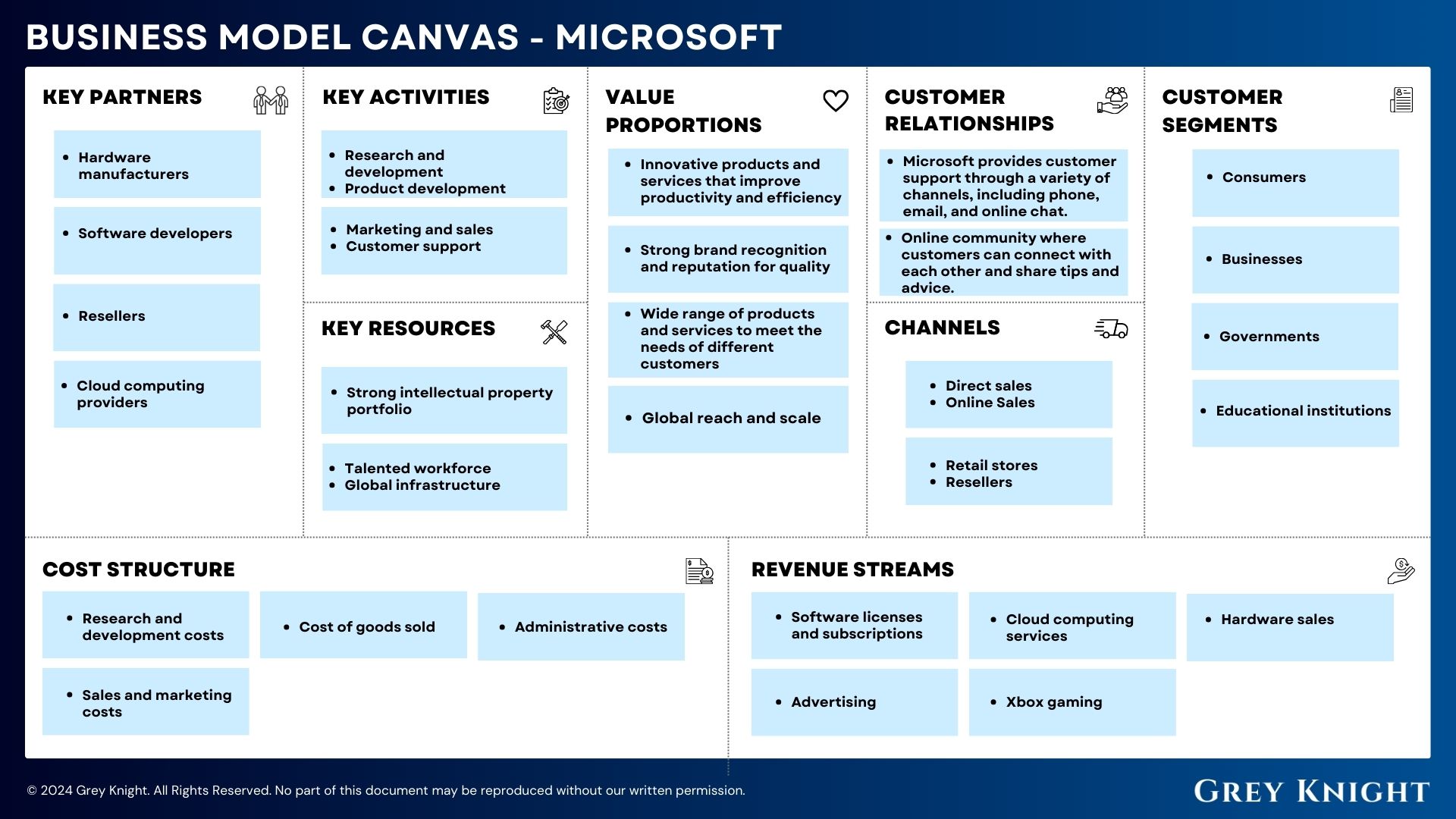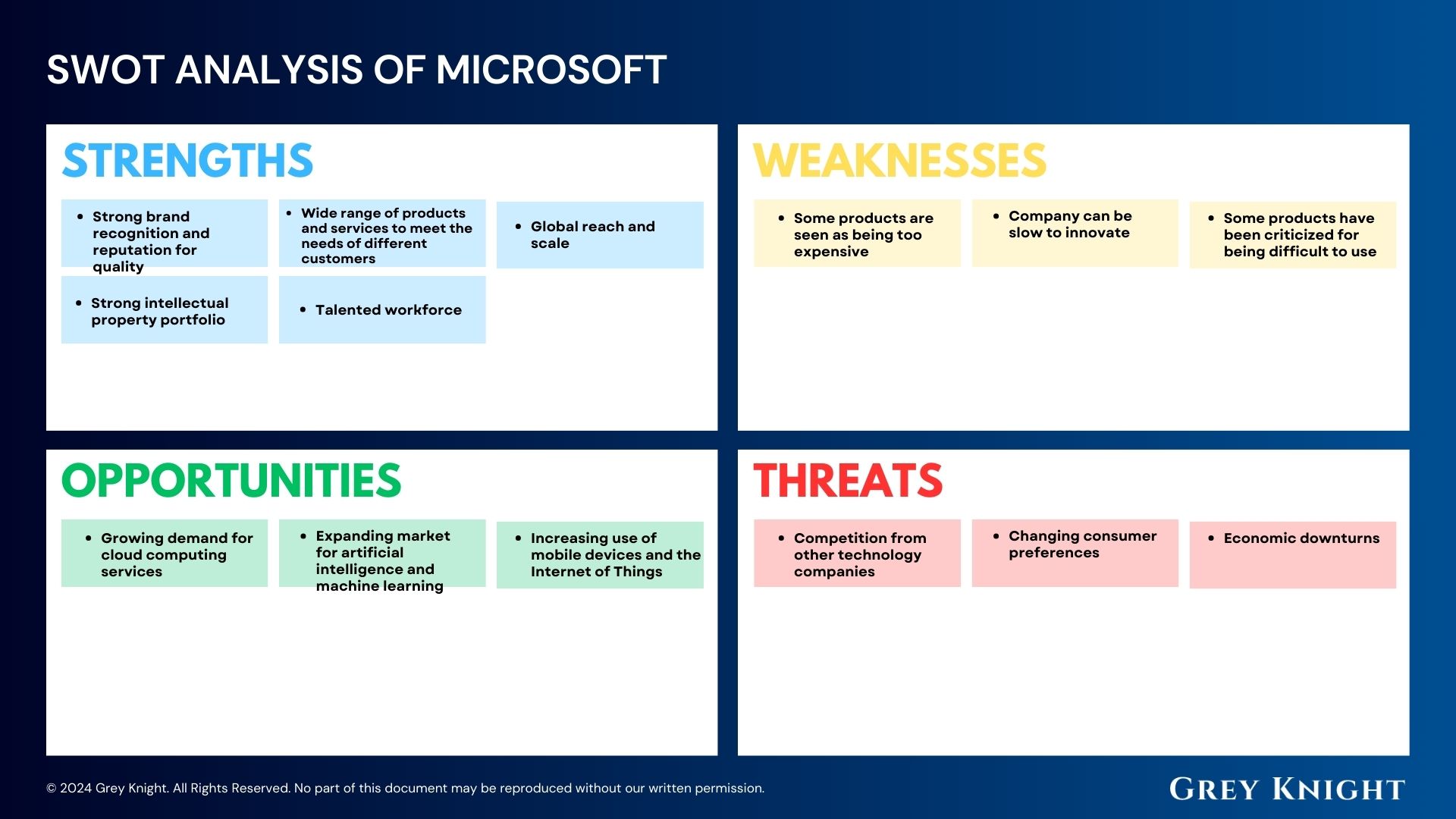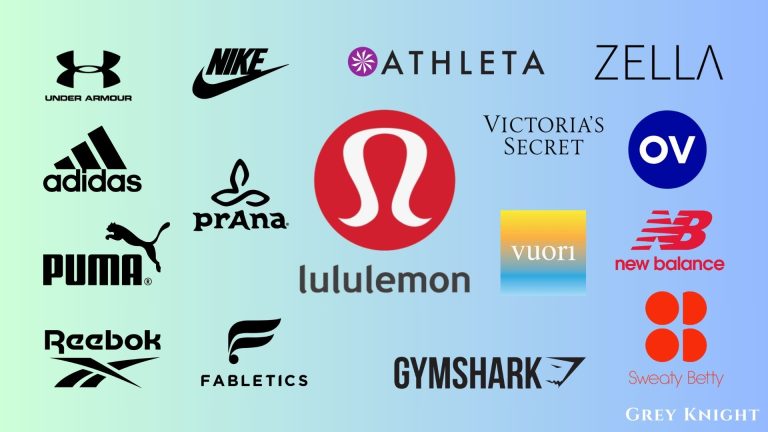Table of Contents
ToggleA Brief History of Apple Inc.
Apple Inc. was founded in 1976 by Steve Jobs, Steve Wozniak, and Ronald Wayne. The company’s first product was the Apple I, a personal computer designed and hand-built by Wozniak. The following year, the Apple II was released, becoming a huge success and solidifying Apple’s position in the emerging personal computer market.
In 1984, Apple introduced the Macintosh, a groundbreaking computer with a graphical user interface and a mouse, which revolutionized the way people interacted with computers. However, the company faced challenges in the late 1980s and early 1990s due to increased competition and internal struggles, leading to a decline in sales and market share.
In 1997, Steve Jobs returned to Apple as CEO and revitalized the company with a focus on innovation and design. Under his leadership, Apple introduced a series of highly successful products, including the iMac, iPod, iPhone, and iPad, which helped the company become one of the most valuable and influential technology companies in the world.
Since then, Apple has continued to expand its product line and services, including Apple Music, Apple Pay, and Apple TV, and has branched out into other industries such as healthcare and augmented reality. The company’s commitment to quality, design, and user experience has made it a leader in the consumer electronics industry and a symbol of innovation and excellence.
Who Owns Apple?
Apple Inc. is a publicly traded company, meaning it is owned by its shareholders. The top 10 shareholders of Apple Inc. include institutional investors such as The Vanguard Group, BlackRock Inc., and Berkshire Hathaway Inc., as well as individual investors like Tim Cook, the CEO of Apple, and other members of the company’s executive team. These shareholders have significant stakes in the company and play a role in decision-making and governance through their voting rights as shareholders. As of now, the largest shareholder is the Vanguard Group with a significant percentage of ownership in Apple Inc.
Apple’s Mission Statement
Apple Inc’s mission statement is to bring the best personal computing experience to its customers through its innovative hardware, software, and services. The company is committed to creating products that are simple, intuitive, and user-friendly, and aims to provide a seamless and integrated ecosystem for its customers. Apple also strives to make a positive impact on the environment, by designing products that are energy efficient and by working towards reducing its carbon footprint. The company also promotes a culture of diversity and inclusion and is dedicated to creating a positive social impact in the communities it operates in.
How Apple Makes Money?
Apple Inc’s business model relies on a combination of hardware sales, services, and digital content. The company makes money primarily through the sale of its iconic iPhone, iPad, Mac, and other devices. Additionally, Apple generates revenue from its services such as Apple Music, iCloud, AppleCare, and the App Store. Furthermore, the company profits from its digital content sales through the App Store, iTunes, and other platforms. Overall, Apple’s diverse revenue streams contribute to its success and sustainability in the technology industry.
Apple’s Business Model Canvas
The Business Model Canvas is a strategic management tool that allows companies to visually outline, analyze, and communicate their business model. It consists of nine key elements, including Customer Segments, Value Propositions, Channels, Customer Relationships, Revenue Streams, Key Resources, Key Activities, Key Partners, and Cost Structure. This tool provides a comprehensive overview of how a company creates, delivers, and captures value, allowing for a thorough understanding of the business model and its potential for success.
Customer Segments:
1. Consumer market
2. Small and medium-sized businesses
3. Enterprises and educational institutions
Value Propositions:
1. Innovative and high-quality products
2. Seamless integration of hardware, software, and services
3. Strong brand and reputation for reliability and design
Channels:
1. Apple Stores
2. Online store
3. Authorized resellers
4. Carrier partners
Customer Relationships:
1. Personalized customer support through AppleCare
2. User-friendly and intuitive products that promote customer satisfaction and loyalty
3. Continuous innovation and product updates to maintain customer engagement
Revenue Streams:
1. Product sales (iPhones, Macs, iPads, etc.)
2. Services (App Store, Apple Music, iCloud, etc.)
3. Licensing and other income
Key Resources:
1. R&D and product development
2. Brand and intellectual property
3. Retail and online store infrastructure
Key Activities:
1. Design, development, and manufacturing of hardware and software
2. Marketing and advertising
3. Retail operations and customer support
Key Partners:
1. Suppliers and manufacturing partners
2. App developers and content creators
3. Carrier partners and authorized resellers
Cost Structure:
1. Cost of goods sold
2. Marketing and advertising expenses
3. Research and development investments
4. Retail and online store operational costs
Apple’s Competitors
Apple Inc has several strong competitors in the technology and mobile device industry. Some of the top competitors include Samsung, Google, Microsoft, Huawei, and Amazon. These companies all offer a range of products and services that rival Apple’s offerings, from smartphones and tablets to cloud computing and artificial intelligence. In addition to competing in the consumer market, these companies also vie for market share in enterprise and education sectors, making the competition fierce for Apple.
Apple’s SWOT Analysis
Strengths:
1. Strong brand and customer loyalty
2. Innovative product design and development
3. Diversified product portfolio including iPhone, iPad, Mac, and Apple Watch
4. Robust financial performance and high profit margins
Weaknesses:
1. Dependence on iPhone sales for a significant portion of revenue
2. High product prices may limit market share and accessibility
3. Limited presence in emerging markets
Opportunities:
1. Growth in wearable technology market
2. Expansion into new industries such as healthcare and entertainment
3. Increased focus on services and subscription-based offerings
4. Potential for growth in emerging markets
Threats:
1. Competitive pressure from other tech giants such as Samsung and Google
2. Changes in consumer preferences and technology trends
3. Economic downturns impacting consumer spending
4. Regulatory challenges and potential legal disputes.
Concluding Analysis
In summary, Apple Inc.’s business model has proven to be incredibly successful, allowing the company to become a leader in innovation, design, and consumer electronics. The company’s focus on creating a seamless ecosystem of products and services has set it apart from its competitors and has built a loyal customer base. As an analyst, I am optimistic about the future of Apple Inc. With its continued focus on developing new technologies and entering new markets, I believe that the company will continue to thrive and maintain its position as a leader in the tech industry for many years to come. Their ability to adapt and innovate gives me confidence in their long-term success.
Additional Resources
To keep learning and advancing your career, we highly recommend these additional resources:
Business Model Canvas of The Top 1,000 Largest Companies by Market Cap in 2024
A List of 1000 Venture Capital Firms & Investors with LinkedIn Profiles
Peter Thiel and the 16 Unicorns: The Legacy of Thiel Fellowship












